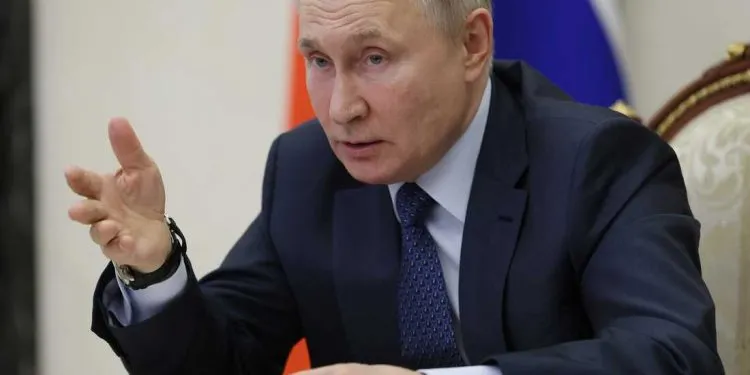Russia has agreed to a limited ceasefire targeting energy and infrastructure sites in Ukraine as part of a U.S.-led diplomatic effort to bring an end to the ongoing conflict. The White House confirmed this development following a call between former U.S. President Donald Trump and Russian President Vladimir Putin.
Technical Negotiations to Begin in the Middle East
In a statement issued after the conversation, the White House emphasised that the agreement includes “technical negotiations”. This is aimed at implementing a maritime ceasefire in the Black Sea, followed by broader discussions on a complete cessation of hostilities and a permanent peace agreement.
“These negotiations will begin immediately in the Middle East,” the statement read. The discussions are expected to lay the groundwork for future de-escalation efforts, although no clear timeline for a comprehensive ceasefire has been established.
Trump and Putin Emphasize Bilateral Relations
The White House readout of the call suggested both leaders see an opportunity for a renewed U.S.-Russia relationship, emphasising economic and geopolitical benefits of stability.
“The blood and treasure that both Ukraine and Russia have been spending in this war would be better spent on the needs of their people,” the statement read. “This conflict should never have started and should have been ended long ago with sincere and good-faith peace efforts.”
Additionally, Trump and Putin discussed broader geopolitical concerns, including the proliferation of strategic weapons and stability in the Middle East. According to the readout, both leaders agreed that “Iran should never be in a position to destroy Israel.”
European Leaders Caution Against Excluding Ukraine
While the limited ceasefire was welcomed as a positive step, European leaders were quick to insist that Ukraine must play a central role in any negotiations.
At a press conference in Berlin, outgoing German Chancellor Olaf Scholz stressed that while the energy infrastructure ceasefire is “a good start,” a full ceasefire must follow.
“There cannot be an agreement without Ukraine,” Scholz said. “The next step must be a complete ceasefire for Ukraine, and as quickly as possible. Of course, it is clear that we both agree on this too.”
French President Emmanuel Macron echoed Scholz’s concerns.
“We have been promoting peace since day one, and that cannot be achieved without Ukraine taking part in talks,” he said.
Russia’s Conditions for a Full Ceasefire
Despite the progress, Moscow has set stiff conditions for a full ceasefire. According to Bloomberg, Putin is demanding an end to all foreign arms shipments to Ukraine as a prerequisite for a broader peace agreement.
A Kremlin readout outlined that Russia sees “the need to stop forced mobilisation in Ukraine and rearm the Ukrainian Armed Forces” as critical to de-escalation. Moscow also insists that the “complete cessation of foreign military aid and the provision of intelligence information to Kyiv” is necessary to prevent further conflict.
These demands are likely to meet resistance from European allies, who are currently increasing military support for Ukraine. Western leaders fear that agreeing to Putin’s terms could leave Ukraine vulnerable, allowing Russia to regroup and rearm before launching renewed attacks.
The Trump-Putin call, which lasted over two hours, marked some progress toward de-escalation. However, concerns remain over Russia’s broader strategy and whether this ceasefire is merely a tactical pause.



